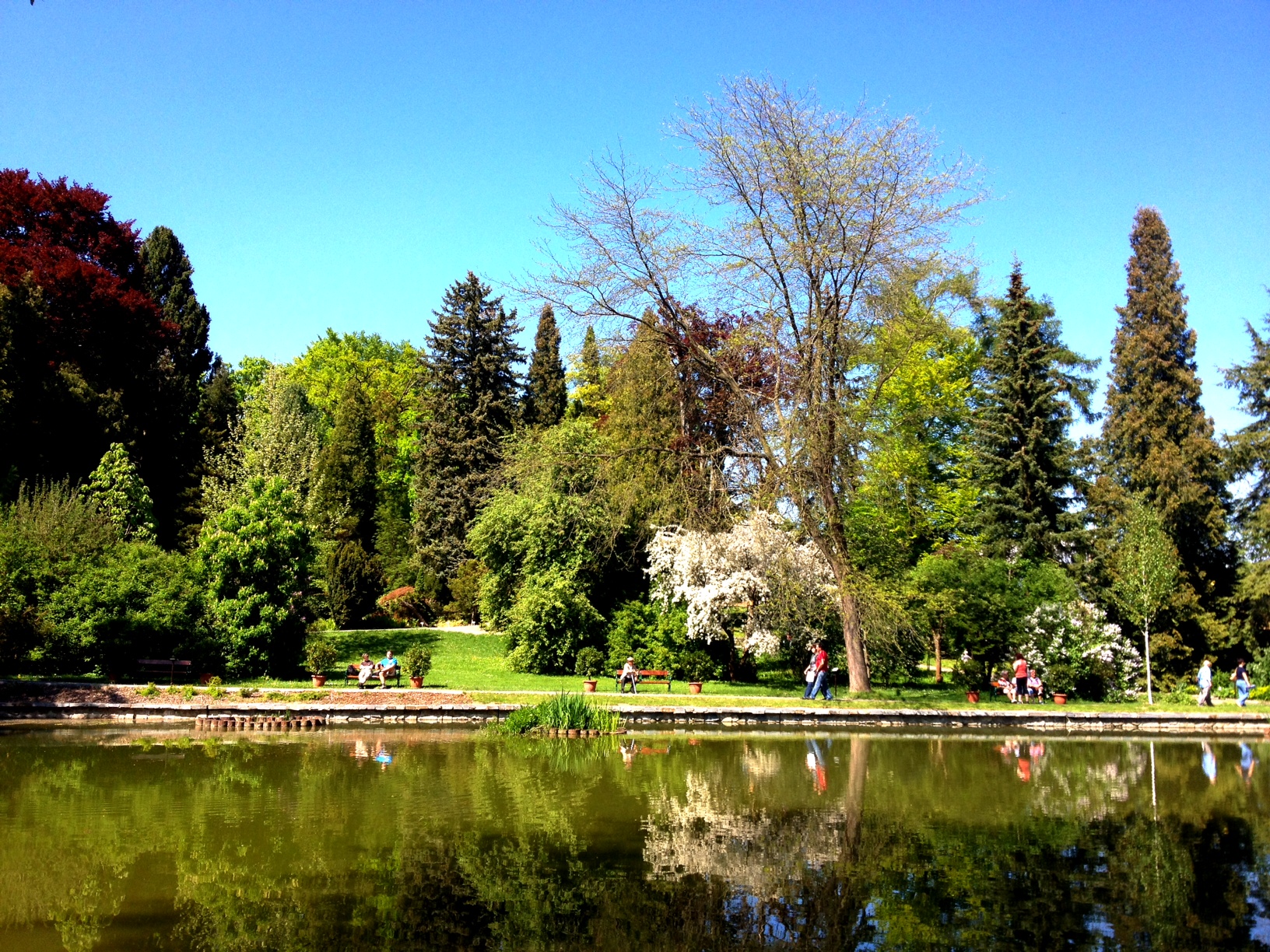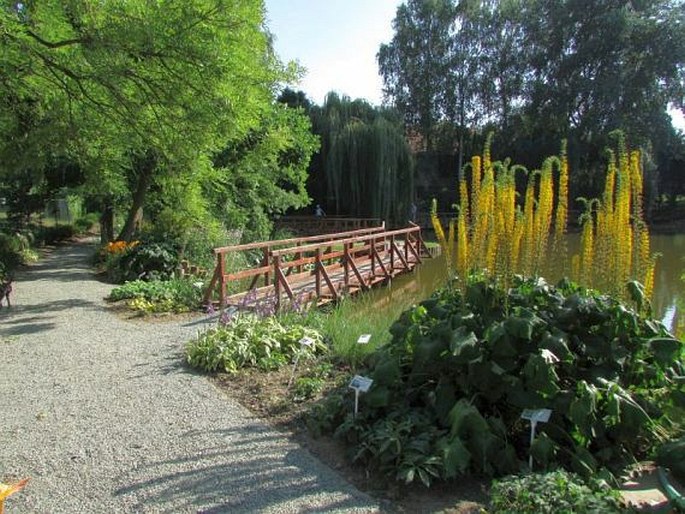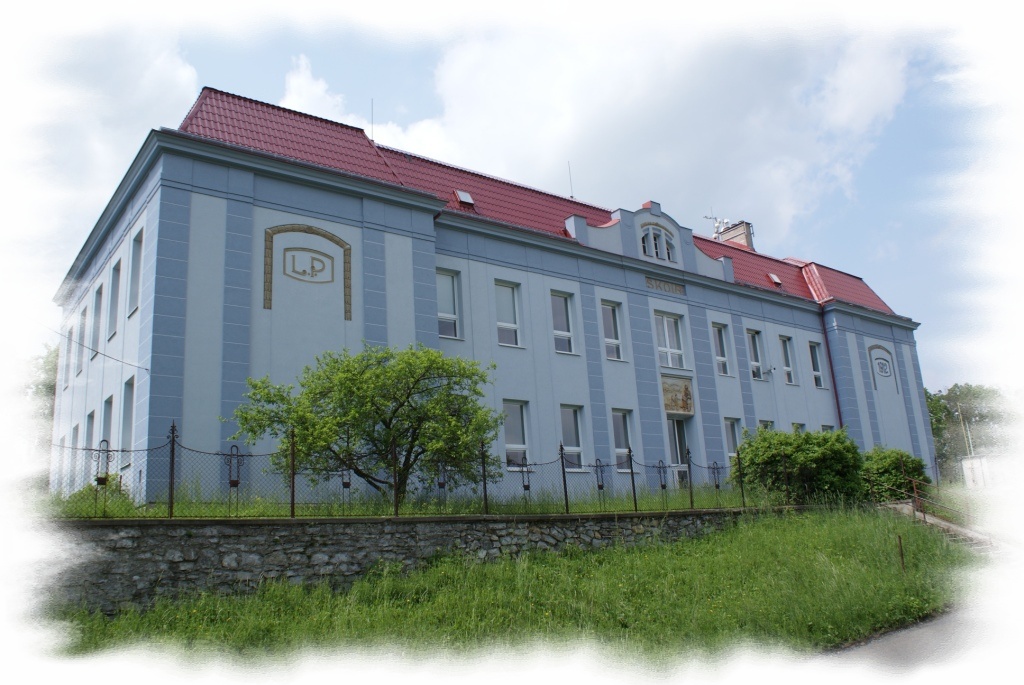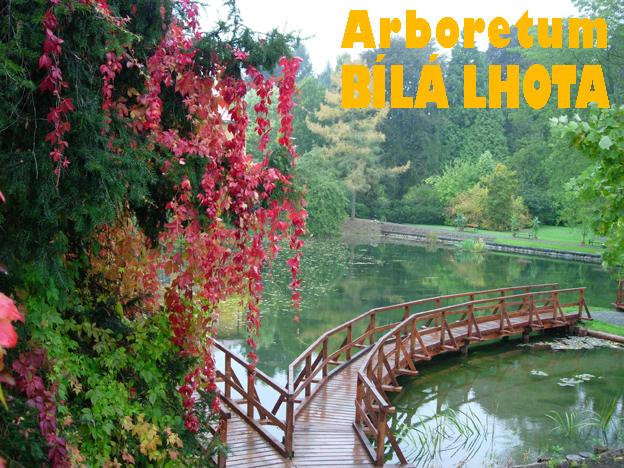BÃlá Lhota
Bila Lhota ( German Weißöhlhütten ) is a municipality in the Czech Republic. It is 24 kilometers northwest of the city center of Olomouc and is part of the Okres Olomouc.
Geography
Bila Lhota is located on the right side of the March on the edge of the nature reserve Litovelské Pomoravi in the northern foothills of Drahany country. In the east, the Třesín (345 meters) rises.
Northeast runs the highway R 35 / E 442
Neighboring towns are Kozilek and Rimice in the north, and Měník Mladeč in the east, Měrotín to the southeast, Hradečná, Paterin and Kovářov in the south, Olešnice in the southwest, Hrabí in the west and Trpín and Cervena Lhota in the northwest.
History
Bila Lhota was first documented in 1350. Older is the district Rimice which is assignable since 1281.
The early 1830s composed by the composer Conradin Kreutzer - who was married to his second wife Anna Speil Ostheim - a number of his most important works in the castle of Weißöhlhütten, including The overnight camp in Granada.
After the abolition of patrimonial Bila Lhota belonged since 1850 to the district Littau / Okres Litovel. After the dissolution of the village came in 1961 Okres Olomouc. In the same year the incorporation of Hrabí, Hradečná and Paterin was. On October 23 of 1976 Rimice with its hamlets Cervena Lhota, Měník and Nové Mlýny was incorporated into Bila Lhota.
Local structure
The community Bila Lhota consists of the districts Bila Lhota ( Weißöhlhütten ), Cervena Lhota ( Rothöhlhütten ) Hrabí ( Hag ), Hradečná ( Hradeschna ) Měník ( Mienik ) Paterin ( Father Schin ) and Rimice ( Rimnitz ) and the local documents Nové Mlýny ( Neumühlestrasse ) and Trpín.
Attractions
- Arboretum
- Bila Lhota Castle
- Church
- St Mary of the Rosary in the village square of Měník
- Chapel of St. Cyril and Methodius, on the way between Měník and Rimice








